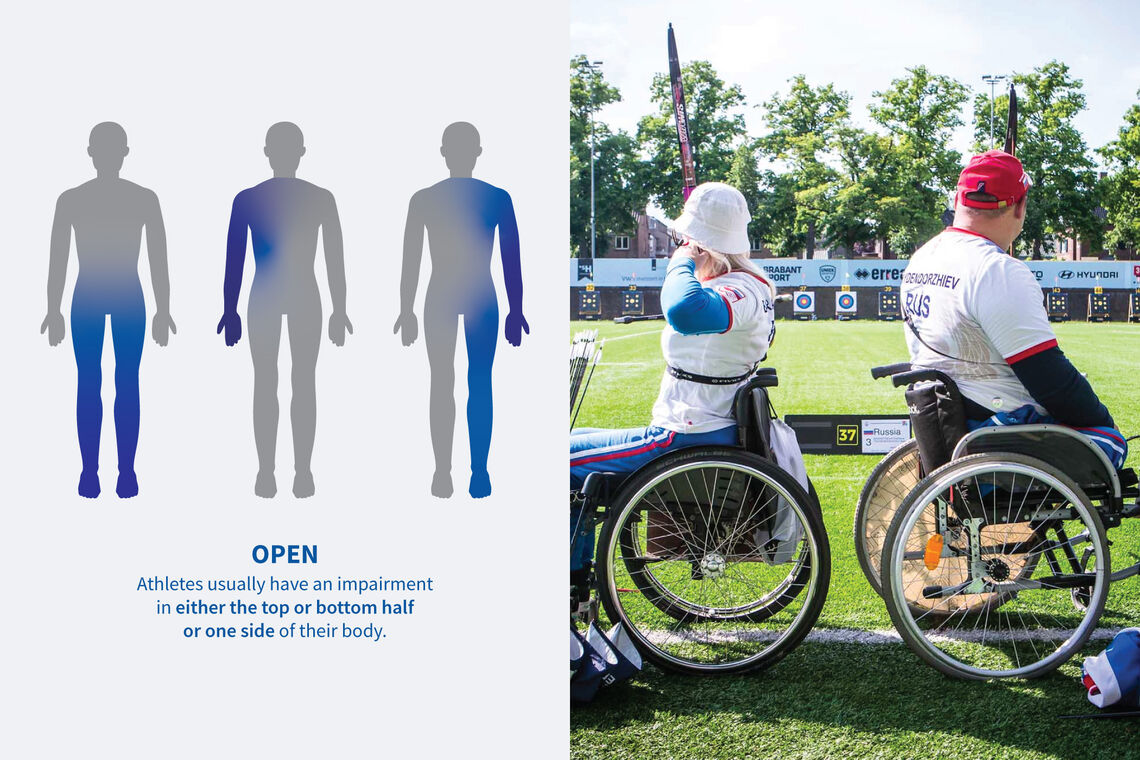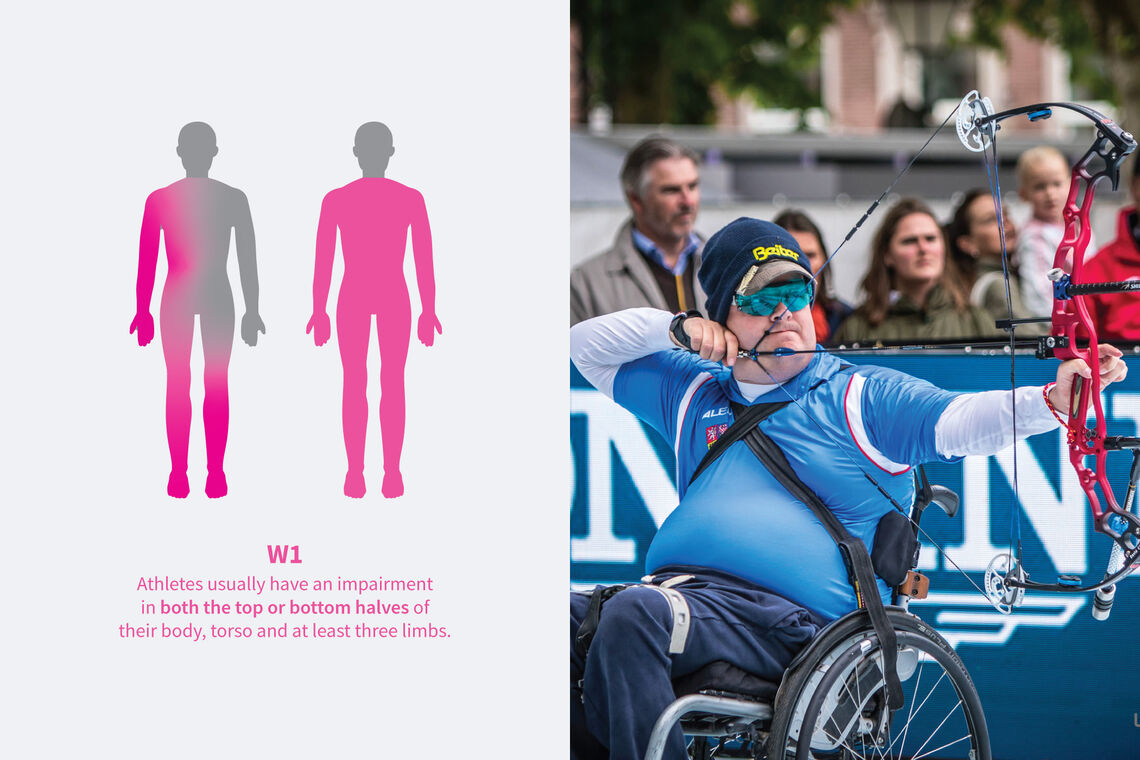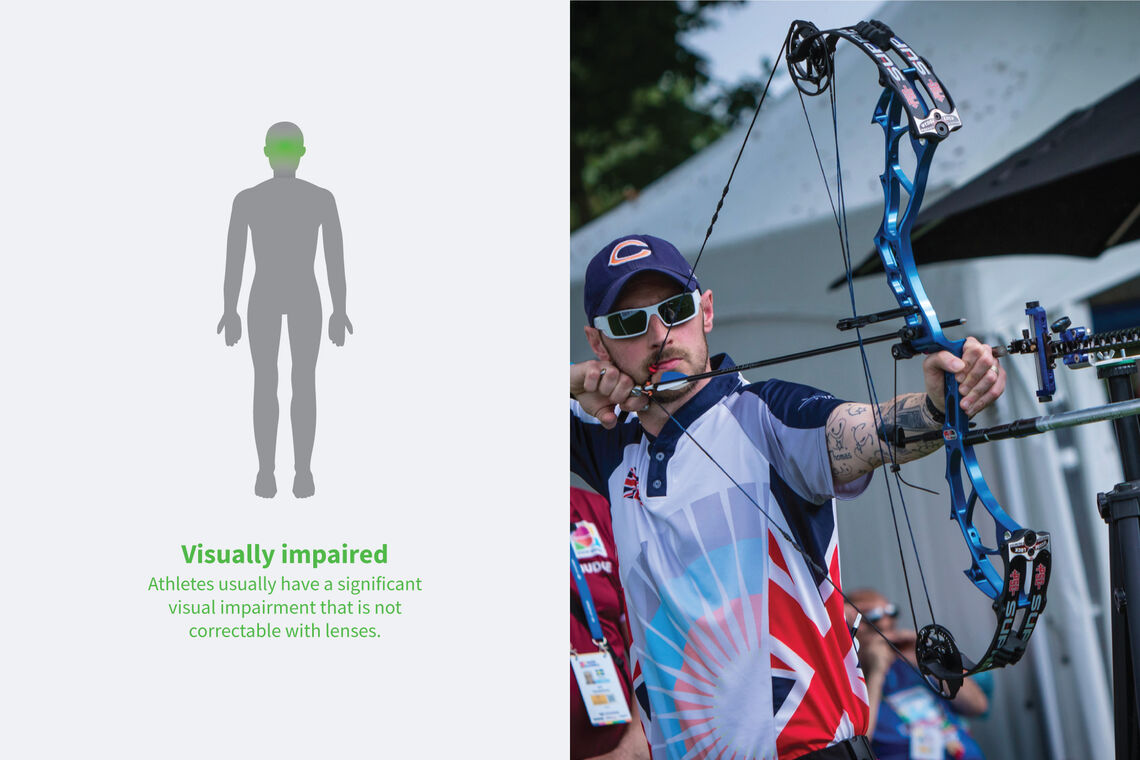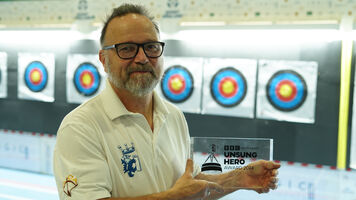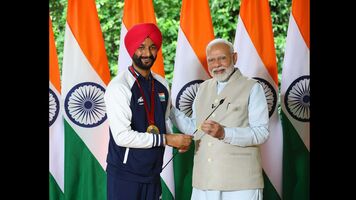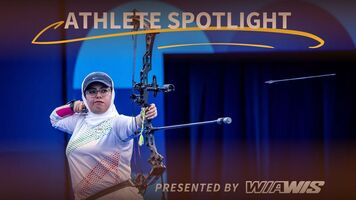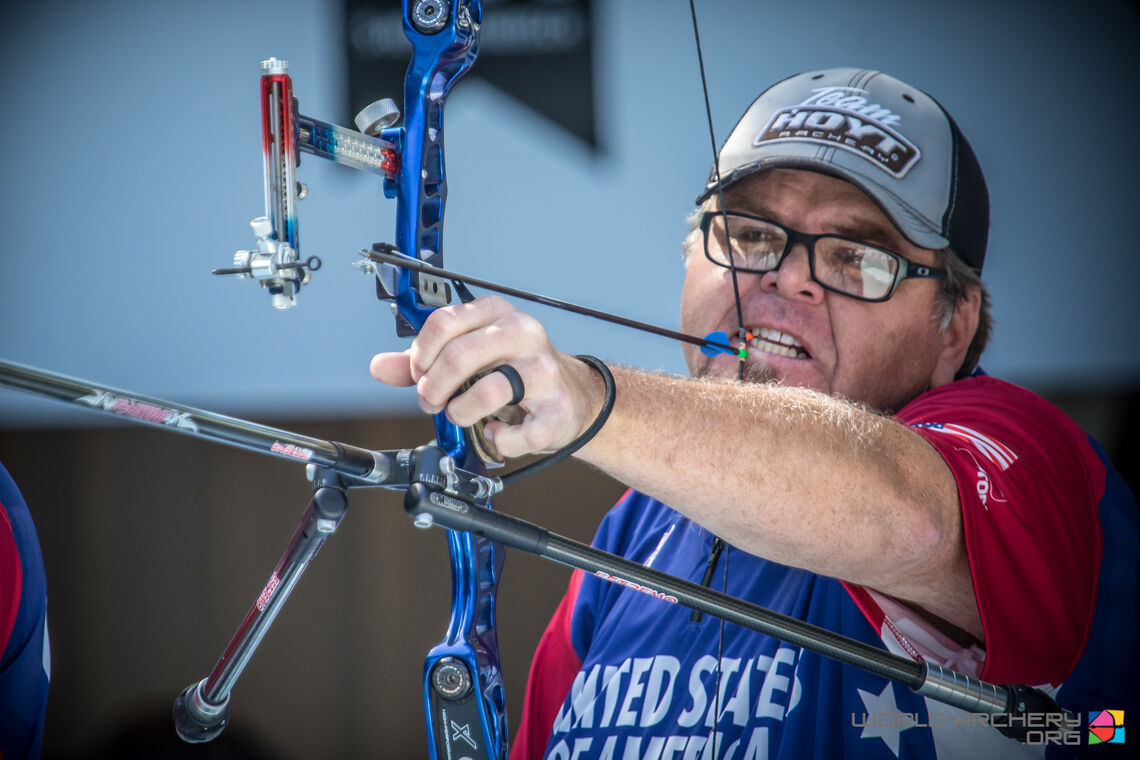
Para archery
Impaired athletes can compete on a completely level playing field.
Para archery is the discipline for athletes classified with a physical or visual impairment.
The rules for targets, competition format and matchplay are the same as for the target archery and indoor archery disciplines. In addition to the recurve and compound categories, para archery also has a W1 category for athletes with a severe impairment and a visually impaired category.
Para archers often use assistive devices, such as custom draw or release aids, mouth tabs or wheelchairs, to level the playing field. Classified athletes may also compete with able-bodied athletes in target archery events using their assistive devices.
Archery is rooted in the history of the Paralympic movement and has featured on the programme of every Paralympic Games since the first edition in 1960.
World Archery organises a para archery world championships, which is called the World Archery Para Championships, every two years. It was first held by the International Paralympic Committee in 1998 and ownership was transferred to World Archery in 2009.
There is a world ranking of para archers.
Competition categories
Para archers can compete with a recurve bow in the recurve open category and with a compound bow in the compound open category.
Para archers in the W1 category may use either a recurve or a compound bow with limitations on draw weight, a restriction on magnified sights and other changes to the standard rules. The rules for targets, competition and matchplay for W1 archers are largely the same as for compound archers.
Visually impaired archers are split into two categories (VI1 and VI2/3) depending on the severity of their impairment. Less impaired athletes are required to wear blindfolds when competing. Visually impaired athletes shoot over a distance of 30 metres using tactile sights that touch the back of their hands to aim. They are permitted an assistant to help load arrows and score. This category is currently not included on the programme of the Paralympic Games.
An athlete must be classified to compete as a para archer in any of these categories.
Classification
The process of classification provides a structure for para archery competition. The system defines whether an athlete can use an assistive device, decides whether they are eligible to compete in para archery and groups eligible athletes by the severity of their impairment to create a level playing field.
Classification assessments at the international level are carried out by trained classifiers.
Athletes in the recurve open and compound open categories usually have an impairment in either the top or bottom half or one side of their bodies. Athletes in the W1 category usually have an impairment in the top and bottom halves of their bodies, torso and at least three limbs.
Read more about classification.
History
Archery is an extremely accessible sport for people with impairment. It was used as a rehabilitation activity for injured veterans by Dr Ludwig Guttmann at Stoke Mandeville Hospital in the 1940s.
Guttmann, who is regarded as the founder of the Paralympic movement, held the first archery tournament at the hospital in 1948 with 16 athletes. The competition was run annually and in 1952 a Dutch team participated, setting the foundations for an international event and acting as a precursor to the Paralympic Games.
Archery was included at the first Paralympic Games in Rome in 1960 and has remained on the programme ever since.
International para archery was governed by the International Paralympic Committee until 2009 when ownership of the rules, promotion and regulation of the world championships was transferred to World Archery.
Read more about the history of archery at the Paralympics.
